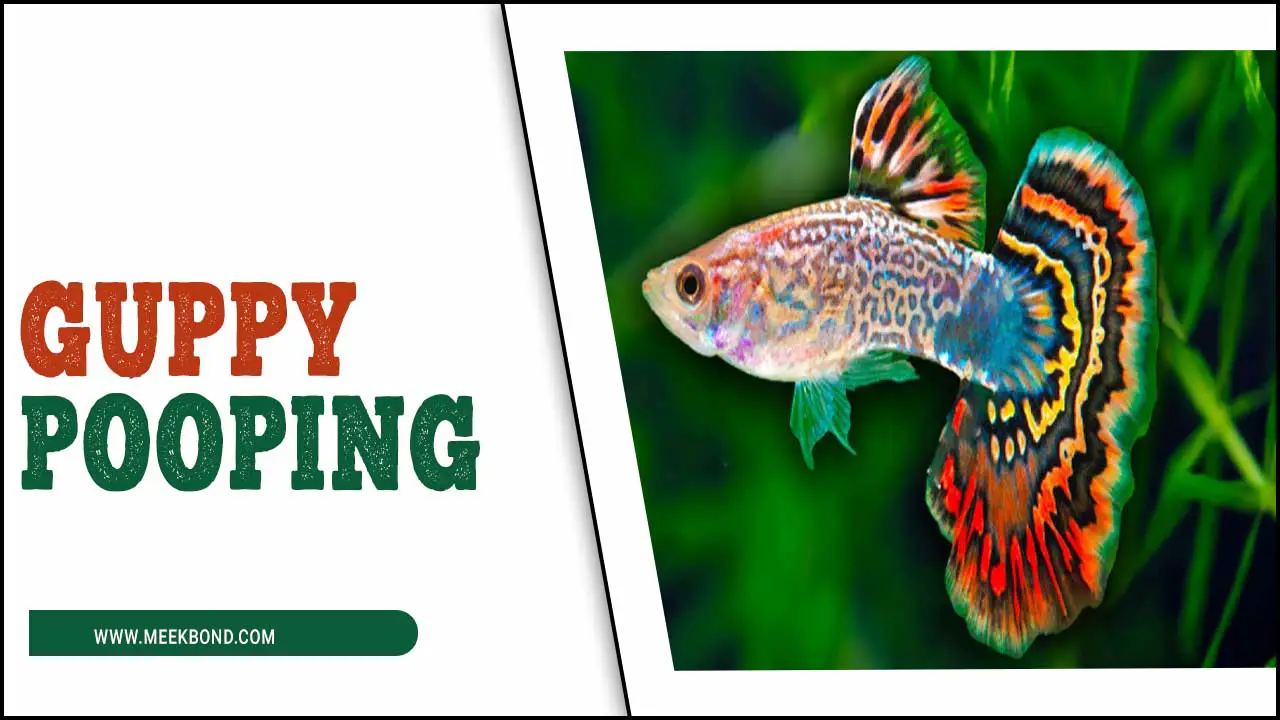The Clown Killifish, also known as the Banded Killifish, is a small freshwater fish that has gained popularity among aquarium enthusiasts recently.
Despite its cute and colorful appearance, the Clown Killifish has a fascinating secret – it is the only known vertebrate that can enter a state of suspended animation. This remarkable ability allows the fish to survive in harsh environmental conditions and has piqued the interest of scientists and fish keepers alike.
We will delve into the world of Clown Killifish and uncover the secrets of this unique species. From its natural habitat to its behavior and care, we will provide a comprehensive guide for those looking to add these charming fish to their aquariums. Let us unlock the mysteries of the Clown Killifish and discover what makes it a one-of-a-kind species that captures the hearts of many fish enthusiasts.

Clown-Killis A Brief Overview
Clown-Killis is a game that has gained popularity in recent years. It is a horror-themed game where players take on the role of a killer clown and must navigate through various levels while avoiding capture by the police. The game’s objective is to eliminate as many victims as possible without getting caught.
With its unique concept and thrilling gameplay, Clown-Killis has become a favorite among horror game enthusiasts. Whether you love the adrenaline rush of playing as the villain or enjoy the suspenseful atmosphere, this game offers an immersive experience for those who dare to enter the twisted world of Clown-Killis.
Habitat And Origin
Clown killifish, also known as the annual fish, are native to various regions of Africa, including Cameroon and Nigeria. These vibrant and colorful fish are typically found in shallow waters such as temporary pools, flooded grasslands, and rice paddies.
They have developed unique adaptations to survive in these habitats, such as their ability to withstand periods of drought by entering a state of suspended animation called diapause. Clown killifish are highly sought by aquarium enthusiasts for their striking appearance and interesting behaviors.
Distinguishing Features
Regarding distinguishing features, clown killifish have unique characteristics that set them apart from other fish species. One of the most noticeable features is their vibrant and striking colouration. These fish boast a mesmerizing array of hues, including vibrant oranges, blues, yellows, and reds, which make them truly eye-catching.
Additionally, clown killifish have elongated and slender bodies, with males typically having longer fins than females. This adds to their overall elegant appearance in the aquarium. With their distinct coloring and graceful physique, clown killifish are sure to be a captivating addition to any aquatic enthusiast’s tank.
Behavior And Life Span
Clown killifish, or Annual Killifish, are small freshwater fish popular for their vibrant colours and unique behavior. These fish have a relatively short lifespan, typically 6 to 12 months. Their short lifespan is due to their unique reproductive strategy.
Clown killifish lay their eggs in the substrate of their habitat, and these eggs can survive in a dormant state until the rainy season arrives. Once the rainy season begins, the eggs hatch and the fish rapidly mature and reproduce.
This adaptation allows clown killifish to quickly populate temporary bodies of water such as puddles or seasonal ponds. Despite their short lifespan, these fish are popular among aquarium enthusiasts due to their striking appearance and interesting behavior.
How To Do It Right: Breeding Clown Killis
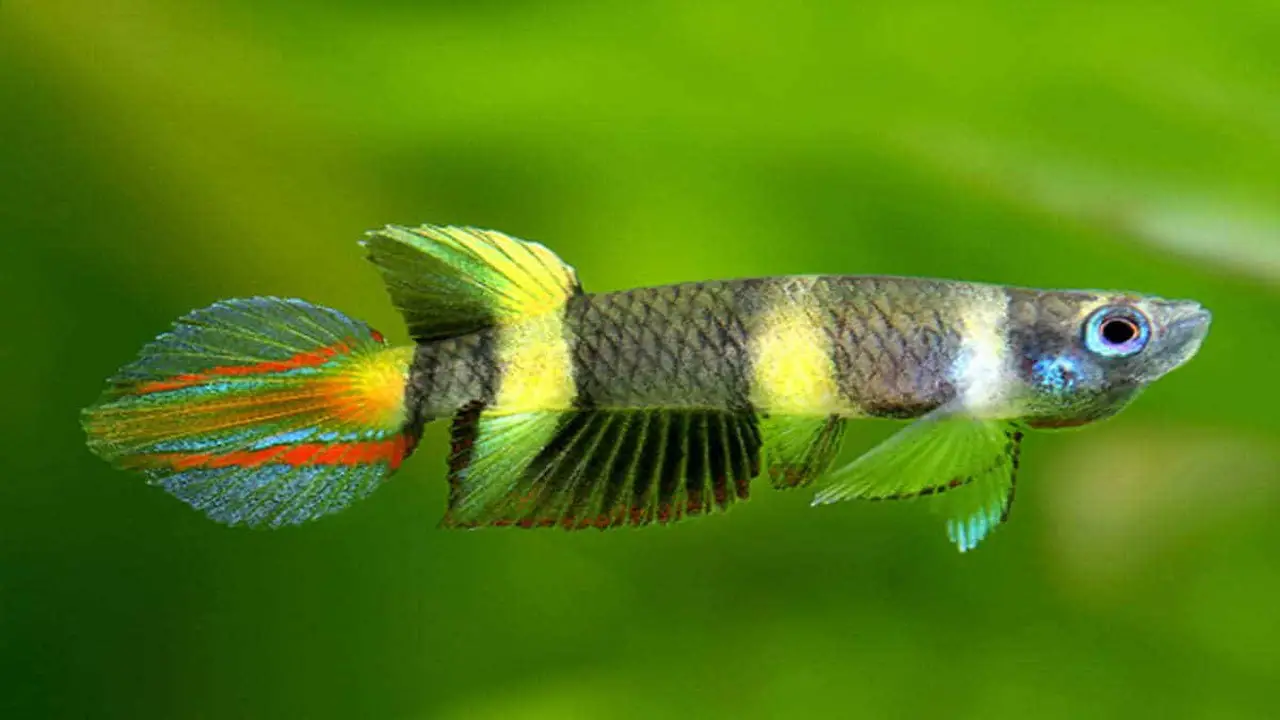
Breeding clown killis can be a rewarding experience for fish enthusiasts. These colorful and playful fish are popular for their unique breeding habits. To successfully breed clown killis, there are a few key steps to follow:
- Create the ideal environment: Clown killis thrive in heavily planted aquariums with plenty of hiding spots. Provide them with dense vegetation, floating plants, and a sandy or pebbly substrate.
- Choose compatible pairs: It’s important to select healthy and compatible pairs for breeding. Look for fish that are active, vibrant in color, and show signs of courtship behavior.
- Separate the pairs: Once you have selected your breeding pairs, it is recommended to separate them into individual tanks or compartments within a larger tank. This will help prevent aggression and ensure successful breeding.
- Provide the right conditions: Clown killis prefer slightly acidic water with a pH range of 6.0-7.0 and a temperature between 72-78°F (22-26°C). Maintain good water quality by performing regular water changes and monitoring ammonia, nitrite, and nitrate levels.
- Introduce spawning materials: To encourage breeding behavior, add appropriate spawning materials such as fine-leaved plants or mop-like structures for the female clown killi to deposit her eggs.
- Monitor and care for eggs: After spawning, carefully remove the parents from the tank to prevent them from eating the eggs. Use a gentle siphon or net to transfer the eggs to a separate container filled with aged aquarium water. Keep the container dark and maintain optimal water conditions until the eggs hatch.
Breeding Process
The breeding process for clown killifish is a fascinating one. These small, colorful fish are popular for their intricate courtship behaviors and unique reproductive strategy. Unlike most fish species, clown killifish do not lay eggs in a nest or guard their offspring.
Instead, the female deposits her eggs into the substrate, such as peat moss or leaf litter. Where they will remain until conditions are suitable for hatching. The male then performs an elaborate dance to entice the female to lay eggs near his territory.
Once the eggs are laid, the male fertilizes them externally. After breeding, it is important to carefully monitor water parameters and provide appropriate care for the developing eggs to ensure a successful hatch and healthy fry.
Maturity & Mating
Maturity and mating are important aspects of clown killifish (also popular as clown gobies) behavior. Clown killifish reach sexual maturity at around 6-9 months old, with males typically maturing slightly earlier than females. During the mating process, males perform elaborate courtship displays to attract females.
These displays include flaring their fins, displaying vibrant colors, and performing intricate swimming patterns. Once a female is receptive to mating, the male will swim alongside her and lead her to a suitable location for spawning.
The female will then release her eggs, which the male will fertilize externally. After spawning, it is important to provide appropriate conditions for the eggs to hatch and raise the fry successfully. Maturity and mating behaviours are fascinating aspects of clown killifish biology and contribute to their unique charm as aquarium fish.
Eggs
Regarding clown killis, eggs play a vital role in their reproduction and life cycle. Clown killis are annual fish, meaning they complete their entire life cycle within a year. To reproduce, female clown killis lay their eggs in small batches among aquatic plants or other submerged objects. These eggs are typically adhesive and will stick to the chosen surface.
The male clown killi and then fertilizes the eggs externally by releasing sperm over them. The eggs will hatch within a few weeks, giving rise to tiny fry that must be cared for until they can fend for themselves. So, when clown killis, eggs are an essential part of their reproductive process and ensure the survival of their offspring.
Hatching
Hatching clown killis can be a thrilling experience for fish enthusiasts. These colorful and lively fish are popular for their unique patterns and vibrant personalities. When hatching clown killi eggs, there are a few key steps. First, ensure you have a suitable breeding setup with a small tank or container with plenty of hiding places for the eggs.
Next, carefully collect the eggs from the breeding tank and transfer them to a separate hatching container filled with water from the main tank. Keep the water temperature stable and provide gentle aeration to ensure proper oxygenation.
Finally, monitor the eggs closely for signs of hatching, such as tiny fry swimming around. It’s important to note that not all clown killi eggs will hatch successfully, so patience is key in this process. With proper care and attention, you can enjoy witnessing new life emerge from your clown killi eggs.
Tank Requirements And Optimal Environment
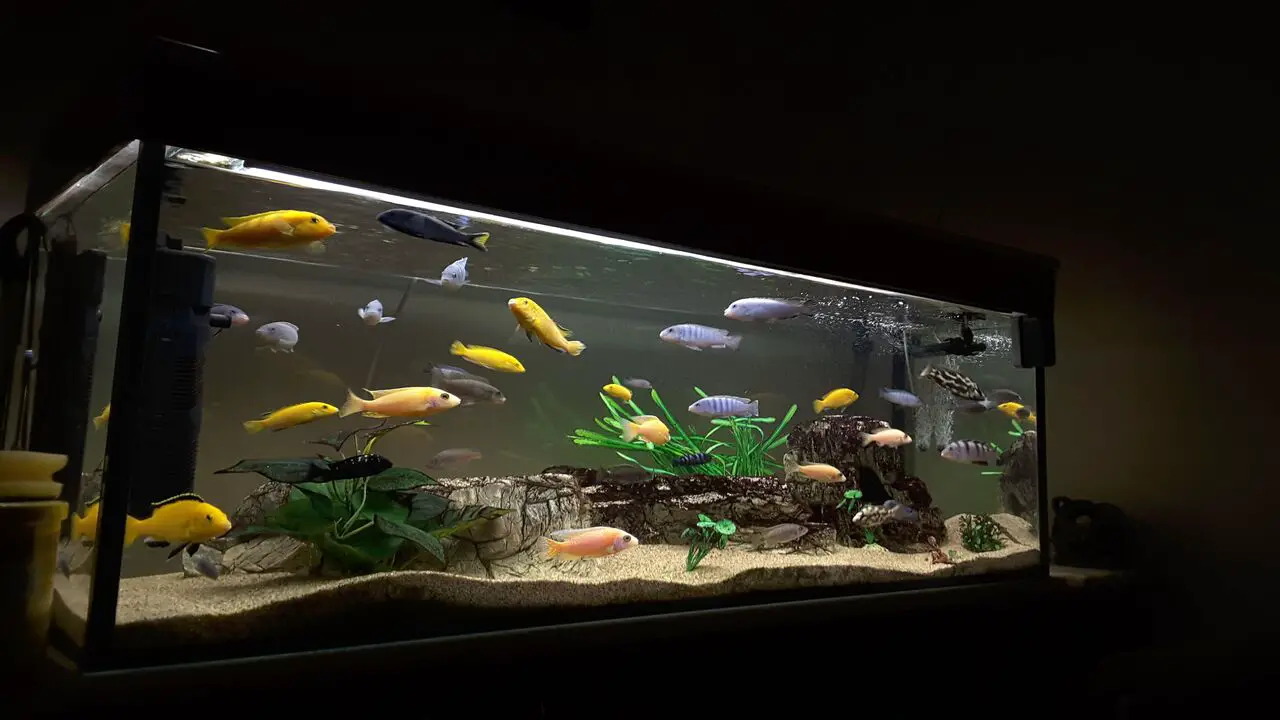
Regarding clown killis, providing the right tank requirements and optimal environment is crucial for their health and well-being. These small, colorful fish are popular for their playful nature and need a suitable habitat to thrive. In terms of tank size, a 10-gallon tank is usually sufficient for a small group of clown killis.
It’s important to provide plenty of hiding spots with plants or décor to mimic their natural habitat. Additionally, maintain a temperature between 72-77°F (22-25°C) and a pH level between 6.5-7.5 to create the optimal environment for these lively fish. With the proper tank setup, your clown killis can showcase their vibrant colors and playful behavior in a safe and comfortable space.
Ideal Tank Size
The ideal tank size is important when setting up a clown killifish tank. For beginners, it is recommended to have a tank that is no smaller than 20 gallons (80 Liters), although larger tanks are preferred. A 29-gallon or 30-gallon (~120 Liter) aquarium or larger is considered a great size for clown killifish.
This provides enough space for the fish to swim, explore, and maintain proper water conditions and filtration. Having a larger tank also allows for more flexibility in aquascaping and adding decorations, which can enhance the overall aesthetics of the tank. So, when setting up your clown killifish tank, remember to provide them with ample space to thrive and showcase their vibrant colors.
Water Parameters And Filtration
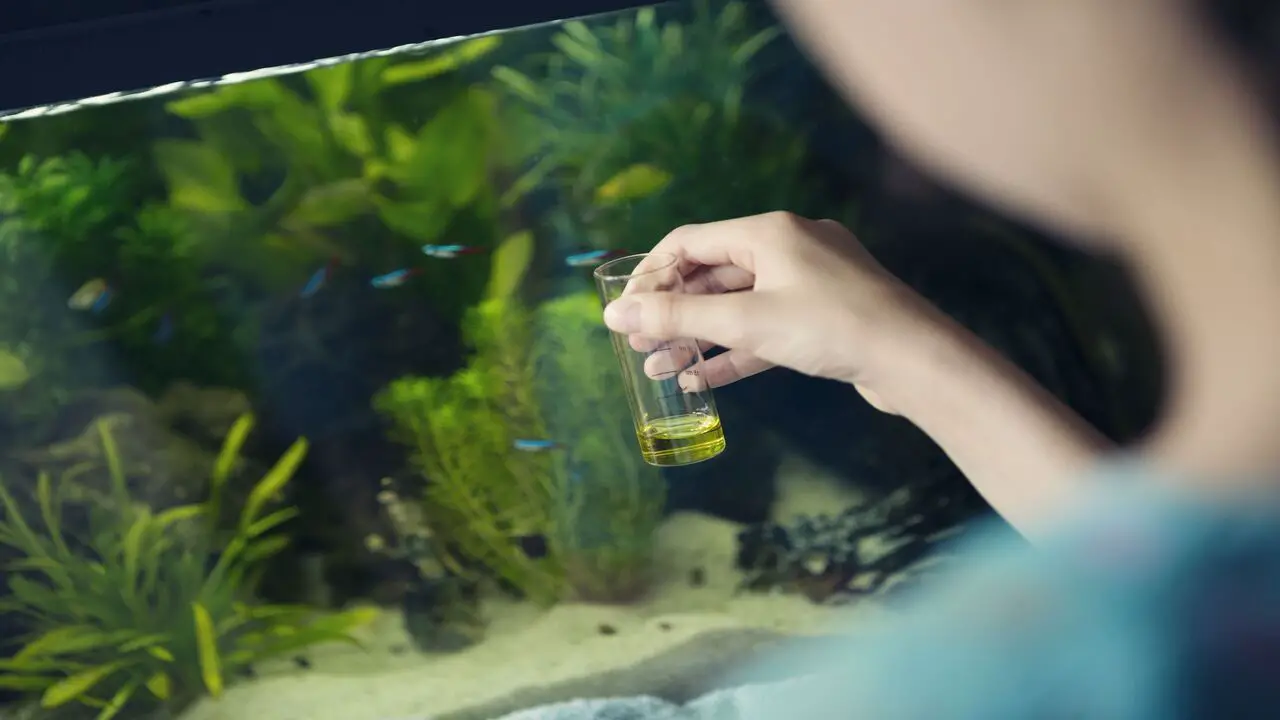
When keeping clown killis, maintaining the right water parameters and filtration is crucial for their health and well-being. These fish thrive in slightly acidic water with a pH of 6.0 to 7.5. It’s important to regularly monitor the pH level and make any necessary adjustments to keep it within this range.
Regarding temperature, clown killis prefer slightly cooler water between 72°F and 78°F. As for filtration, a gentle flow is ideal as these fish come from slow-moving waters in their natural habitat. A sponge or canister filter with adjustable flow settings can be suitable options. Additionally, regular water changes are essential to keep the water quality pristine and ensure your clown killis stay healthy and vibrant.
Suitable Decorations And Plantation
Choosing suitable decorations and plants is key when creating the perfect environment for clown killifish. Clown killifish are native to shallow, slow-moving waters, so it’s important to replicate this natural habitat in your aquarium. Opt for decorations such as driftwood, rocks, and caves to provide hiding spots and create a sense of security for the fish.
Adding live plants, such as Java moss or Amazon sword, enhances the aesthetic appeal, provides additional cover, and helps maintain water quality. Just be sure to choose plants that can thrive in low-light conditions and tolerate the slightly acidic water preferred by clown killifish. By carefully selecting suitable decorations and plants, you can create an environment that promotes the health and well-being of your clown killifish.
Dietary Needs
Clown killifish, also known as the “aquarium jester,” has specific dietary needs that are important to meet to keep them healthy and thriving. These small fish are primarily carnivorous, meaning they require a diet rich in protein. In their natural habitat, clown killifish feed on small insects and crustaceans.
To replicate their natural diet in captivity, feeding them a variety of live or frozen foods such as daphnia, brine shrimp, bloodworms, and small insects is recommended. Providing them with a balanced diet is important to ensure they receive all the nutrients necessary for optimal health.
Additionally, it is crucial to avoid overfeeding as this can lead to water quality issues. Meeting their dietary needs can help your clown killifish thrive in their aquarium environment.
How Suitable Are Clown-Killis As Tank Mates?
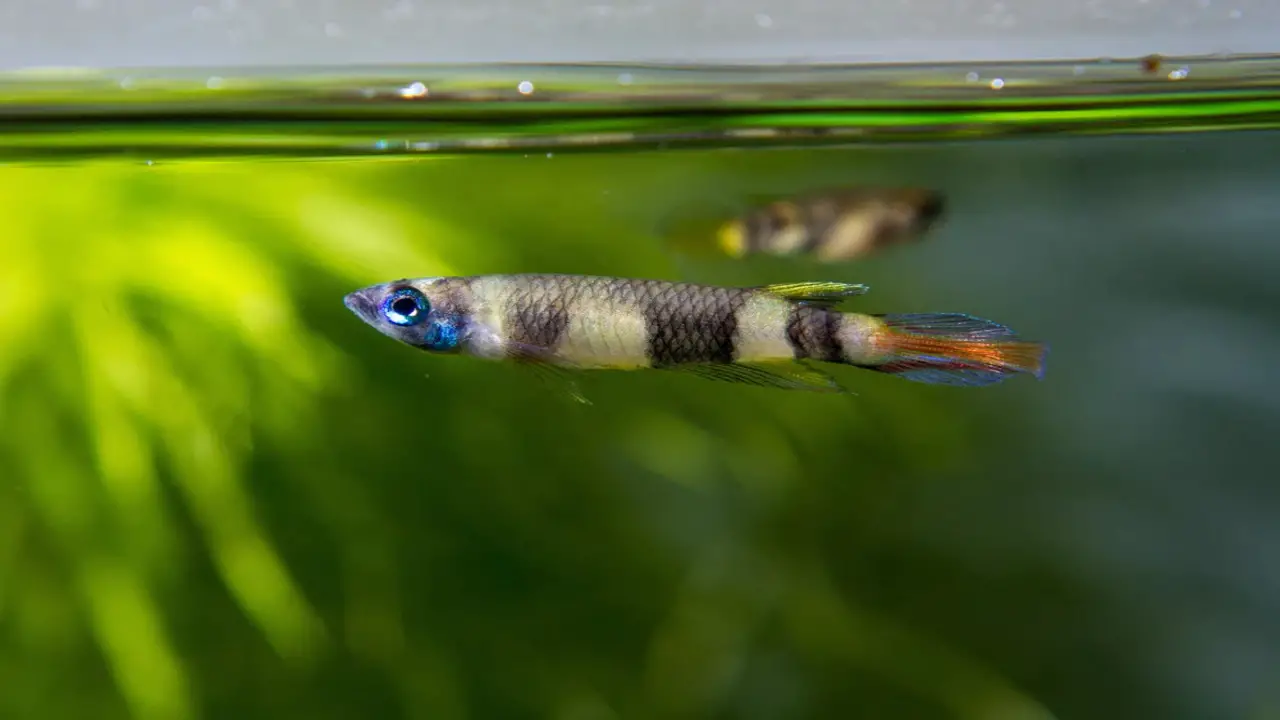
When considering clown killis as tank mates, evaluating their compatibility with other fish species is important. Clown killis are generally peaceful and can coexist with various tank mates, particularly those occupying different water column areas. However, they may become aggressive towards smaller fish or those with long fins, so it is best to avoid pairing them with species that fit these criteria.
Additionally, providing ample hiding spots and vegetation in the aquarium can help create a harmonious environment for all inhabitants. As always, closely monitoring the behaviour of all fish in the tank is crucial to ensure their well-being and prevent potential conflicts.
Common Health Concerns Of Clown-Killis
Clown killis, also known as killer clowns, have been the subject of much debate and concern in recent years. While it is important to approach this topic with caution and sensitivity, it is worth addressing some common health concerns associated with clown killis.
One significant concern is the psychological impact that these individuals can have on both victims and witnesses. The fear and anxiety caused by encounters with clown killis can lead to long-lasting trauma and even phobias.
Affected individuals must seek professional help if they experience any psychological distress due to such encounters. Additionally, physical risks are associated with clown killis, including physical assault or injury. Law enforcement agencies and communities must take these threats seriously and respond appropriately to ensure public safety.
How Many Clown Killifish Should Be Kept Together?

Regarding keeping Clown Killifish, it is recommended to keep them in groups of at least 6 individuals. These colourful and lively fish are social creatures and thrive when they have companions of their kind. Keeping them in larger groups can create a more natural and harmonious environment for the fish, allowing them to exhibit their natural behaviours and interactions.
Additionally, having multiple Clown Killifish together can help reduce aggression and stress among the fish, leading to a healthier and happier aquarium community. So, if you’re considering adding Clown Killifish to your tank, provide them with the company they need by keeping them in groups of 6 or more.
Conclusion
Breeding Clown Killis can be a rewarding endeavour for fish enthusiasts. Understanding their natural habitat, behaviour, and dietary needs is crucial to creating an optimal environment for them to thrive. Providing the right tank size, water parameters, and suitable tank mates are also important factors. When breeding, patience and attention to detail are key.
Creating the right conditions for spawning, such as using a separate breeding tank and providing suitable plants for egg-laying, can increase the chances of successful breeding. It’s also important to monitor the health of your Clown-Killis and address any common health concerns promptly. Following these guidelines, you can enjoy the beauty and wonder of breeding Clown-Killis in your aquarium.
Frequently Asked Questions
Where Can I Get Clown Killifish?
Clown Killifish can be found at local pet stores, aquarium shops, or online retailers like Live Aquaria and Aquabid. It’s important to research the seller’s reputation and review shipping policies before purchasing online. Attending local fish club meetings or events is also a great way to connect with other hobbyists who may have Clown Killifish available.
What Do Clown Killifish Eat?
Clown Killifish, being omnivores, have a varied diet. They enjoy small crustaceans, insects, worms, and specially formulated pellets or flakes. Varying their diet is crucial to maintaining their good health.
How Often To Feed Clown Killifish?
Clown Killifish should be fed small amounts 2-3 times daily to avoid overfeeding. A varied diet is recommended, including high-quality flake or pellet food and frozen or live foods like brine shrimp or bloodworms. Observe their behaviour to adjust feeding frequency accordingly.
What Are The Benefits Of Clown-Killis?
Clown -killis offer a vibrant visual appeal in aquariums and are relatively easy to care for and breed. Their peaceful nature allows them to coexist with other non-aggressive fish. Breeding clown-killis can be a rewarding hobby, providing fish keepers with a sense of accomplishment.
What Is Clown-Killis, And Why Is It Good For You?
Clown-Killis are a fascinating and vibrant fish species that make a great addition to any aquarium. Their unique colors and patterns are visually appealing and relatively easy to care for. Proper breeding techniques allow these fish to thrive and reproduce in a home aquarium.

Aquarium passion is all about connecting with the aquatic life and providing education to the public on the importance of these creatures. We showcase a wide variety of marine life through our exhibits as well as working with schools to provide unique learning opportunities for students of all ages.


